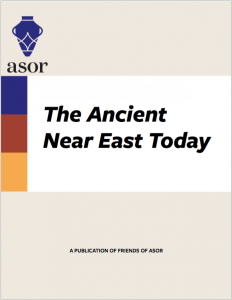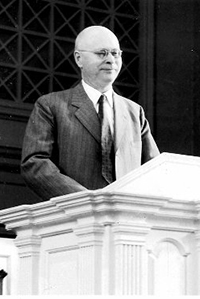

October 2015
Vol. 3, No. 10
Welcome to The Ancient Near East Today Vol. 3, No. 10! In this issue we go from ancient music to ancient artifacts, with stops in the first century and an attic in Jerusalem.
We begin with Howard Feldman’s reminiscence of the science behind the controversial Jehoash tablet. Next is Scott Gleaves’ provocative discussion about whether Jesus spoke Greek rather than Aramaic. Rachel Hallote takes us into uncharted territory: the Albright Institute’s attic. Uri Gabbay reviews the surprisingly ample evidence for music in Mesopotamia. With summer field seasons over, we’re proud to take a look at new reports from recipients of ASOR scholarships.
As always, please forward articles from The Ancient Near East Today to family and friends, post links to Facebook, and be in touch with the editor. Remember, being a Friend of ASOR is free!
Music in Ancient Mesopotamia
By: Uri Gabbay
We have a wealth of sources from ancient Mesopotamia: archeological, iconographical, and, most significantly, textual. Hundreds of thousands of cuneiform tablets in collections around the world shed light on the everyday life, economy, law, literature, and religion of ancient Mesopotamia.
READ MORE
Excavating the Albright Institute’s Attic
By: Rachel Hallote
Many ASOR members who excavate in Israel use the Albright Institute’s attic for storage—it’s a convenient place to keep ceramics and other excavation materials, as well as summer dig clothes. It’s just like any other attic. But it is also a kind of archaeological site in itself.
READ MORE
Did Jesus Speak Greek?
By: G. Scott Gleaves
Did Jesus and his disciples speak and teach in Greek? What languages were spoken in first century Palestine? If so, does the New Testament preserve their actual communications?
READ MORE
The Jehoash Affair: A Personal Recollection
By: Howard R. Feldman
In recent years few artifacts have captured as much attention as the Jehoash inscription. The dark stone tablet, only 10 inches by 12 inches, bears a 15 line Hebrew inscription describing renovations made to the Jerusalem temple by the Judean king Jehoash, son of Ahaziya, around the year 800 BCE.
READ MORE




